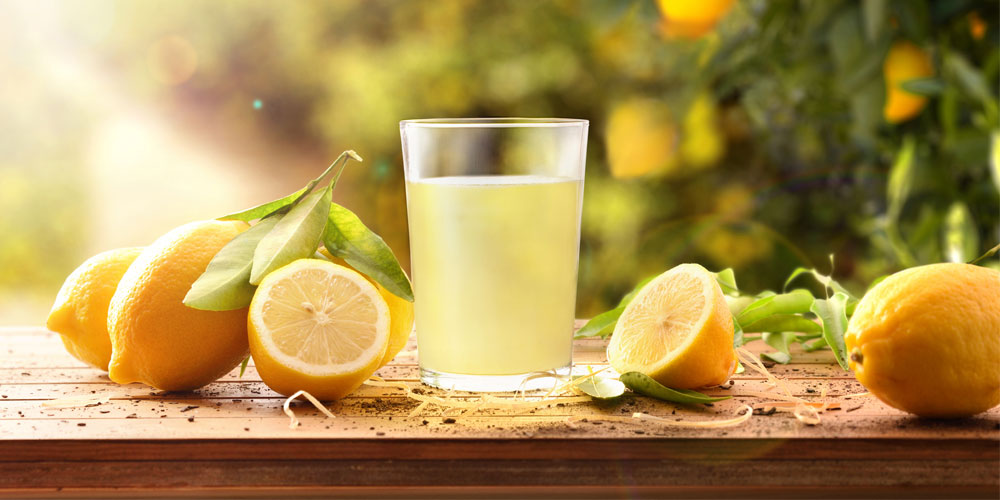Acids and My Mom’s Lemonade
By Adrian Dingle

Good Times with Food
We all love a little nostalgia. So many of those happy memories are built around family,and in particular the family traditions that involve cooking and food. Everybody has their own favorites of course,and one of mine happens to bea recipe that relies upon some pretty significant chemistry.
Truth be told, all cooking involves lots of chemistry whether it be the complex re-organization of biochemical molecules in bread-making or the fermentation of sugars to alcohol in the beer and wine industry, but sometimes that chemistry can be hidden. If you were to look at my mom’s homemade lemonade recipe then the chemistry would be right there in front of your eyes!
Her old-fashioned lemonade recipe produces an amazing, delicious, and incomparable sweet and sour lemon syrup that one would then dilute with ice-cold water on blistering hot summer days. Sounds kind of romantic, doesn’t it? And it is, but some people are surprised when they first read the ingredients.
Carboxylic Acids – Citric & Tartaric
Among the lemons and sugar are two acids in their pure, unadulterated form: citric acid and tartaric acid. Each acid is a member of a family of compounds known as carboxylic acids.
Carboxylic acids are defined by a small group of atoms bonded together in a specific manner as part of their structure. More specifically, carboxylic acids contain this group of carbon, hydrogen,and oxygen atoms.

In each carboxylic acid, the-COOH groups are part of a larger chemical structure. Citric acid has three such carboxylic acid groups, and tartaric acid has two,with the acid groups linked together with other carbon atoms,and with various other atoms making up the remainder of their structures.

Lots of people will recognize citric acid as being the chemical that gives citrus fruits their moniker, but tartaric acid is perhaps less well-known. What cooks are more familiar with is the potassium salt of tartaric acid, potassium bitartrate, better named potassium hydrogen tartrate, and even more commonly referred to as cream of tartar.

The State of Acids
Naturally Occurring
To start with acids are naturally occurring chemicals that we encounter every day and are often perfectly harmless.The citric acid in mom’s lemonade is a great example of any acid that is found in lots of fruits, but there is an apparently never-ending list of other naturally occurring acids. Ascorbic acid (also known as vitamin C!) in tomatoes, lactic acid can be found in milk that’s a few days old, and our old friend tartaric acid in grapes. These acids are everywhere, and completely safe.

A great example of a naturally occurring acid that is a little more harmful is that of formic acid. “Formic” comes from the Latin formica that literally means ant. Why is formic acid called formic acid? Well, that’s because the stinging bite that some ants can deliver to humans contains this acidic compound! Formic acid is the simplest of the carboxylic acids with the now familiar-COOH group being attached to just one other atom, a lone H.

Strong or Weak?
Are you Concentrating?

Kitchen Chemistry
This is just a tiny window on the vast chemistry of acids, and a just a few examples of some that we encounter daily. As you can see, they form an incredibly important part of the chemistry of food and cooking.




